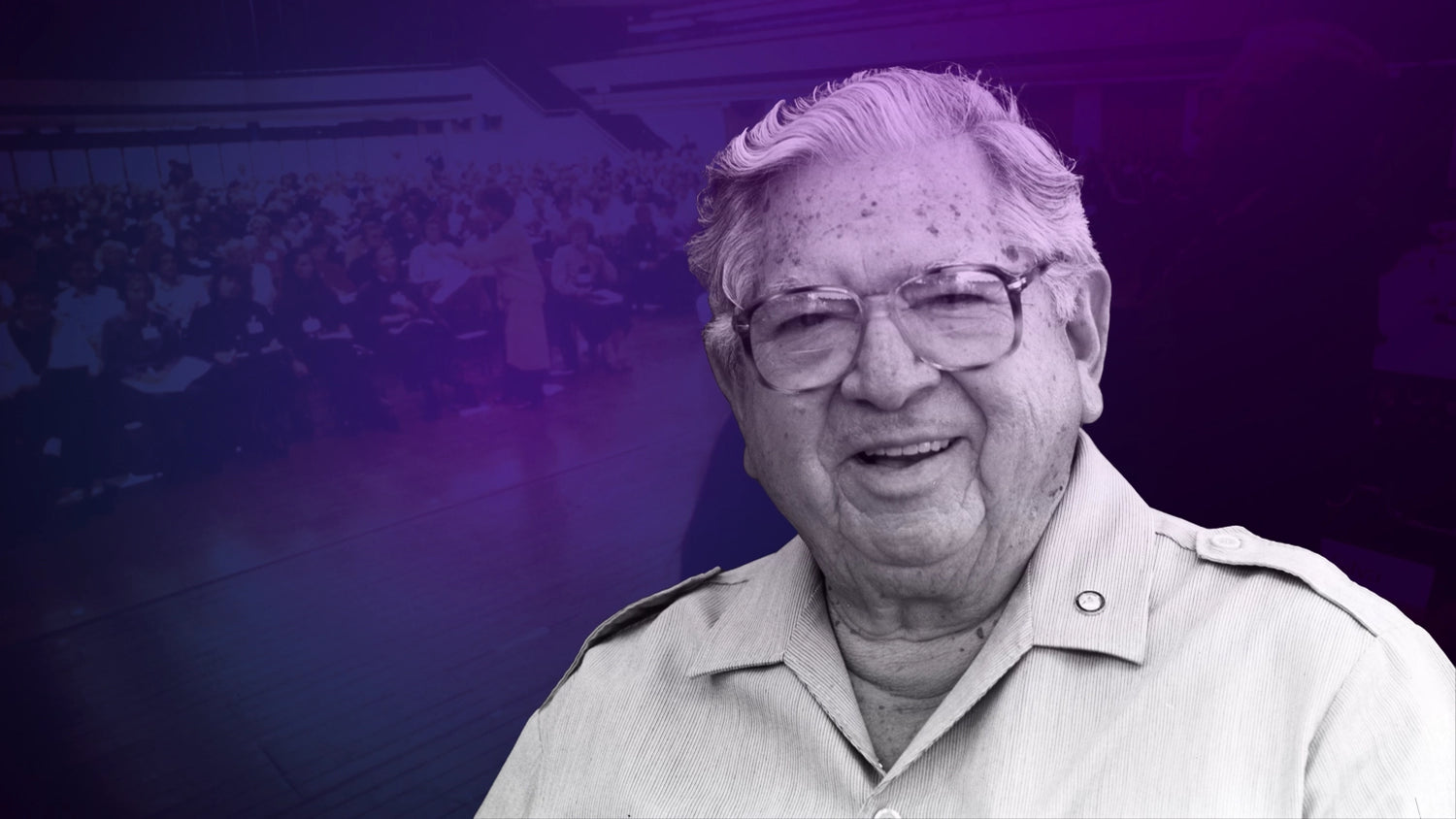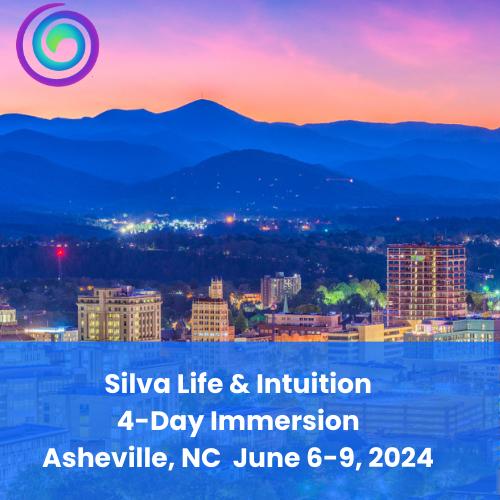
Jose Silva
José Silva was an American parapsychologist and author, best known for developing the Silva Method, an innovative program aimed at enhancing an individual's cognitive abilities through meditation, relaxation, and visualization techniques.
Born on August 11, 1914, in Laredo, Texas, Silva's journey from a radio repairman to a self-taught parapsychologist is a testament to his relentless curiosity and determination to explore the capabilities of the human mind.
Silva's early life was marked by hardship and the necessity to work from a young age to support his family. With limited formal education, he educated himself through voracious reading and experimenting, showing an early interest in electronics and radio engineering. This self-driven learning laid the groundwork for his later explorations into the more esoteric fields of thought and consciousness.
The genesis of the Silva Method can be traced back to the 1940s when Silva began to delve into the study of psychology and the human mind. His interest in mental development was initially sparked by a desire to improve his children's learning abilities and academic performance.
Silva hypothesized that if he could train his children to function at what he called the "alpha level" of brainwave activity—a state of mind associated with relaxation and heightened creativity—they would be able to absorb information more effectively. To test his theories, Silva embarked on a rigorous program of research and experimentation, using his own children as subjects. He developed a series of mental exercises designed to gradually lead the mind into alpha and then theta states of consciousness, where he believed individuals could access greater intuition, creativity, and problem-solving abilities.
Silva's techniques were heavily influenced by his background in electronics and his understanding of the human brain as an "electronic instrument." He employed biofeedback mechanisms and electroencephalographs (EEGs) to monitor brainwave activity and to validate the effectiveness of his methods in inducing the desired states of mind.
By the late 1950s, Silva's work had evolved into a structured program, which he named the Silva Mind Control Method. The core of the program consisted of guided visualization and meditation exercises aimed at achieving "mental housekeeping" and harnessing the power of positive thinking. Participants were taught to visualize specific outcomes, control physical pain, and tap into their subconscious to solve problems and enhance creativity.
The Silva Method gained significant popularity in the 1960s and 1970s, a period characterized by a growing interest in alternative spirituality and the potential of the human mind. Silva began to conduct seminars and workshops, spreading his teachings across the United States and eventually, internationally. His methods attracted the attention of not only individuals seeking personal development but also professionals in diverse fields looking for innovative ways to improve performance and creativity.
Despite skepticism from the scientific community and critics who questioned the empirical basis of his work, Silva remained committed to his vision. He continued to refine his techniques and expand the scope of his program to include aspects of healing, remote viewing, and even spiritual development.José Silva passed away on February 7, 1999, but his legacy lives on through the Silva Method, which continues to be taught worldwide by certified instructors.
His work paved the way for the broader acceptance of meditation and mindfulness in the West and contributed to the ongoing exploration of the intersection between science, spirituality, and the untapped potentials of the human mind.
The Silva Method remains a testament to Silva's belief in the boundless capabilities of human consciousness and the power of the mind to shape reality.


